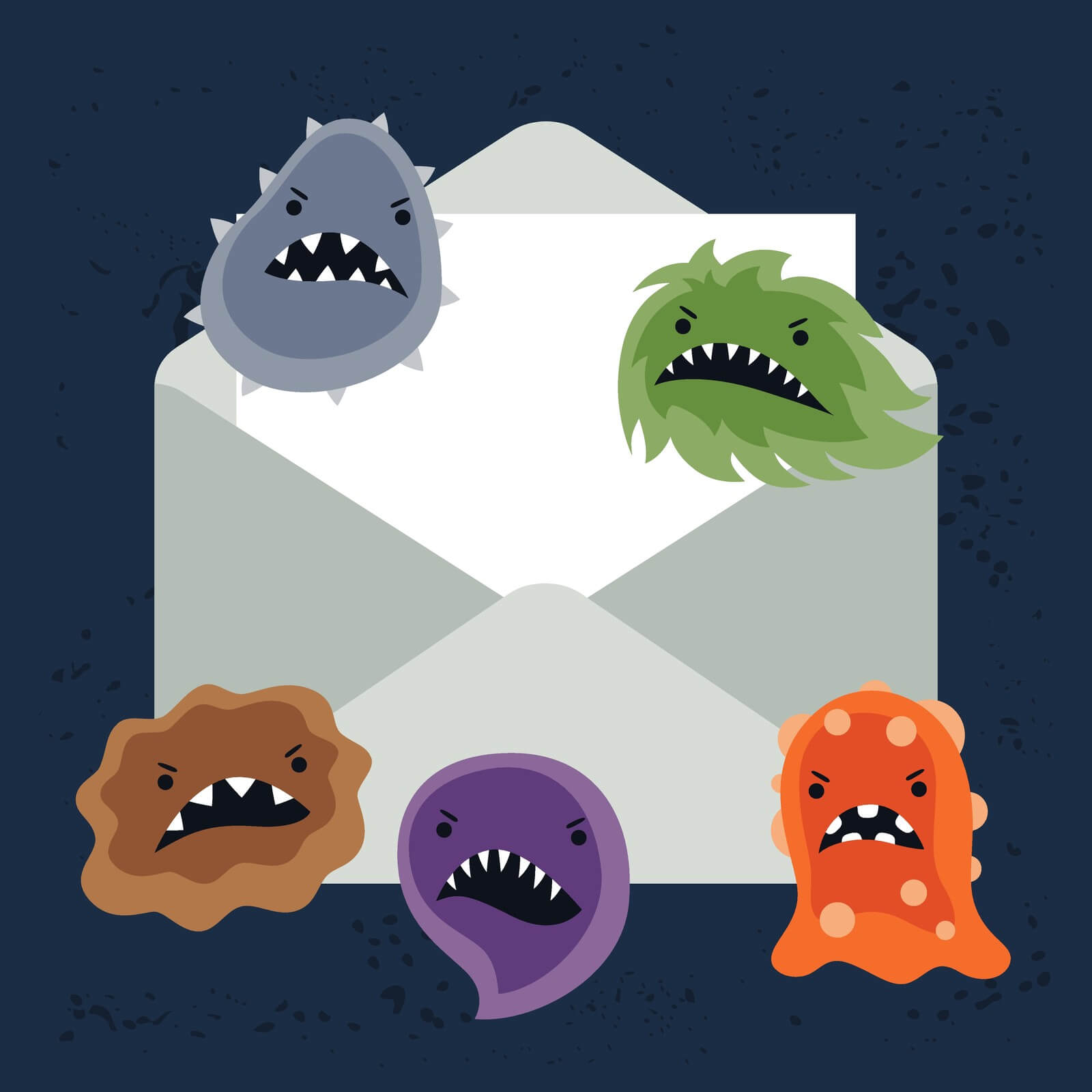Businesses have multiple ways to reach their audience online. Three of the most widely used digital marketing strategies are SEO (Search Engine Optimization), SMM (Social Media Marketing), and PPC (Pay-Per-Click Advertising). Each serves a unique purpose, and choosing the right approach can make a significant difference in your online success.
With SEO, businesses aim to rank higher in search engines and attract organic traffic. SMM leverages social platforms to build brand awareness and engage audiences. PPC offers a fast-track approach to visibility by displaying ads to targeted users willing to click and convert.
Not all businesses have the same goals, budget, or timeline for results. A company looking for long-term growth might prioritize SEO, while a brand launching a new product might need immediate traffic from PPC. Similarly, businesses focused on building a community and engaging directly with customers may find SMM to be the most effective tool.
Making the right choice depends on:
- Budget – SEO requires time but has long-term benefits, while PPC provides instant results but comes at a cost.
- Timeline – SEO is a slow process, SMM builds engagement over time, and PPC offers immediate traffic.
- Target Audience – The ideal marketing channel depends on where your customers spend time online and how they prefer to engage with content.
SEO, SMM, and PPC – How They Work and What’s Changing
Digital marketing is constantly evolving, and businesses need to stay ahead of the latest trends to remain competitive. SEO (Search Engine Optimization), SMM (Social Media Marketing), and PPC (Pay-Per-Click Advertising) are three core strategies that help businesses grow online. Each serves a different purpose, and advancements in AI and automation are transforming how they work.
SEO – Search Engine Optimization
SEO focuses on optimizing a website to rank higher in search engine results and attract organic traffic. It’s a long-term strategy that involves improving a site’s content, structure, and credibility to align with search engine algorithms.
SEO can be broken down into three main categories:
- On-Page SEO – Optimizing individual pages by using relevant keywords, improving content quality, optimizing metadata, and ensuring a good user experience.
- Off-Page SEO – Building credibility through backlinks, brand mentions, and social signals from other websites.
- Technical SEO – Improving website speed, mobile-friendliness, structured data, and ensuring search engines can properly crawl and index the site.
AI is transforming SEO by making search engines smarter and more context-aware. Google’s AI-driven updates, such as BERT and MUM, allow search engines to understand search intent better than ever. AI is also used in:
- AI-powered tools analyze search intent and suggest improvements for better rankings.
- AI-driven software quickly identifies technical SEO issues.
- Search engines personalize results based on user behaviour and engagement.
As AI continues to evolve, businesses must focus on high-quality, relevant content and user experience rather than just traditional keyword optimization.
SMM – Social Media Marketing
SMM involves using social media platforms to connect with audiences, build brand awareness, and drive engagement. With billions of users on platforms like Facebook, Instagram, TikTok, and LinkedIn, SMM has become an important part of digital marketing.
- Organic SMM – Creating engaging content, posting regularly, and interacting with followers to build a loyal audience.
- Paid SMM – Running targeted ads to reach specific demographics, boost posts, and promote content to a broader audience.
TikTok’s explosive growth has changed how businesses approach social media marketing. With its short-form videos and powerful algorithm, brands are using TikTok for:
- Influencer partnerships and viral marketing
- Authentic storytelling to engage younger audiences
- AI-driven video recommendations that increase content reach
Other platforms are also evolving, with Instagram and YouTube pushing short-form video content and LinkedIn becoming a stronger tool for B2B marketing.
AI is playing a bigger role in personalizing social media experiences and automating engagement. With AI-enhanced tools, brands can refine their social strategies, boost engagement, and optimize ad performance on social media platforms.
- Automated captions, suggested hashtags, and post recommendations.
- AI-powered customer service bots for social media messaging.
- AI tools that analyze engagement trends and recommend the best posting times.
PPC – Pay-Per-Click Advertising
PPC is a paid advertising model where businesses pay for each click on their ads. Unlike SEO, which takes time to generate results, PPC provides instant visibility on search engines and social media.
- Google Ads – Search ads, display ads, and shopping ads that appear on Google search results and partner sites.
- Social Media Ads – Paid ads on Facebook, Instagram, LinkedIn, and TikTok, targeting specific demographics.
- Display Advertising – Banner ads that appear on websites, targeting users based on browsing behaviour.
Google’s Performance Max campaigns use AI to optimize ad performance across multiple platforms, including:
- Automated audience targeting based on user behaviour.
- AI-driven bidding strategies to maximize conversions.
- Cross-platform ad placements to reach potential customers at different touchpoints.
As advertising trends continue to shift, businesses are focusing on more dynamic, data-driven strategies to enhance their PPC performance. AI is making it easier to reach the right audience with automated bidding, predictive analytics, and highly engaging ad formats.
- Automated bidding strategies that adjust bids in real time to maximize ROI.
- AI-driven analysis to target high-intent users more effectively.
- Short-form video ads (YouTube Shorts, TikTok, Instagram Reels) are becoming a dominant PPC format.
Differences Between SEO, SMM, and PPC
Each digital marketing strategy—SEO, SMM, and PPC—offers distinct advantages and works differently in terms of speed, cost, control, and audience engagement. While some businesses rely on one method, many find that a combination of all three provides the best results.
Long-Term vs. Short-Term Impact
One of the biggest differences between these strategies is how quickly they deliver results.
- SEO is a long-term investment. It can take several months before significant results appear, but once rankings improve, the traffic is sustainable and cost-effective over time.
- SMM provides moderate-term results—while organic social growth takes time, paid social ads can quickly increase visibility. Engagement and follower growth build over time with consistent effort.
- PPC delivers immediate results. Ads start driving traffic and conversions as soon as they are launched, making PPC ideal for quick sales or lead generation.
Budget-Friendly vs. Paid Strategies
Budget is a significant factor when deciding on the right marketing approach, as it directly impacts the ability to invest in long-term strategies like SEO, sustain ongoing engagement through social media marketing, or allocate funds for immediate results with PPC campaigns.
- SEO is cost-effective but requires time and effort. While there are no direct costs for clicks or impressions, businesses need to invest in content creation, website optimization, and technical SEO.
- SMM costs vary. Organic social media is free, but achieving strong engagement requires consistent posting and interaction. Paid social ads provide faster reach but require an advertising budget.
- PPC has an upfront cost. Since you pay per click or impression, costs can quickly add up. Google Ads and social media ads often require ongoing optimization to keep costs down while maintaining results.
Organic Reach vs. Paid Advertising
Each marketing strategy provides varying degrees of control over how businesses reach their audience and maintain visibility online. While some methods rely on organic growth and algorithm-driven exposure, others offer more direct control through paid placements and targeted campaigns, allowing for greater flexibility in audience engagement and brand positioning.
- SEO provides organic visibility but depends on search engine algorithms. Google updates can impact rankings, so businesses must continuously update their content and SEO practices.
- SMM gives brands direct control over engagement. Organic social growth is influenced by platform algorithms, but brands interact directly with their audience. Paid social ads allow for precise targeting but require ongoing investment.
- PPC offers full control over visibility. Businesses can decide where and when their ads appear, who sees them, and how much they spend. However, once the budget runs out, the traffic stops.
Engagement and Audience Targeting
Various marketing strategies have unique strengths when it comes to capturing audience attention and connecting with the right users. Some approaches focus on organic engagement and community-building, while others leverage data-driven targeting to reach specific demographics and user segments more effectively.
- SEO attracts high-intent users who are actively searching for information or products. However, engagement is often indirect (e.g., reading blog posts, visiting landing pages).
- SMM fosters direct engagement. Social media enables brands to interact with customers through likes, comments, shares, and messages, making it ideal for building relationships.
- PPC allows precise audience targeting. Businesses can create highly targeted ads based on demographics, interests, location, and behaviour, ensuring their message reaches the right people.
Comparison Table – SEO vs. SMM vs. PPC
| Feature | SEO | SMM | PPC |
|---|---|---|---|
| Cost | Low to medium (long-term investment) | Free for organic, paid ads require budget | High (ongoing ad spend required) |
| Timeframe | Long-term (3-6+ months for results) | Medium (organic takes time, paid is instant) | Immediate results |
| Effort Required | High (content creation, technical SEO, link building) | Medium to high (consistent content, audience engagement) | Medium (ad setup, ongoing optimization) |
| Control | Limited (dependent on Google’s algorithm) | Medium (platform algorithms affect reach) | Full control over targeting and budget |
| Audience Targeting | Indirect (search intent-based) | Direct (community building, engagement) | Highly targeted (demographics, behaviour, interests) |
| Engagement | Low (mostly passive consumption) | High (interactive, comments, shares) | Medium (ads drive traffic but less engagement) |
| Return on Investment (ROI) | High (long-term ROI with sustained rankings) | Medium (depends on audience interaction) | Varies (immediate returns but requires ongoing budget) |
| Best For | Building long-term website authority and organic traffic | Brand awareness, community engagement, influencer marketing | Quick traffic, lead generation, and sales |
Which Approach is Best for Your Business?
Every marketing strategy offers distinct advantages, making it more effective for certain business objectives. While some methods are better suited for long-term growth and brand authority, others excel at driving immediate traffic, boosting engagement, or generating quick conversions based on specific goals and target audiences.
- SEO is best for long-term growth and sustainable organic traffic.
- SMM is ideal for audience engagement, brand building, and social interaction.
- PPC is the fastest way to drive traffic and conversions but requires ongoing ad spend.
For most businesses, a combination of all three provides the best balance—SEO for sustainable traffic, SMM for engagement, and PPC for immediate visibility.
How AI is Changing SEO, SMM, and PPC
Artificial Intelligence (AI) is transforming digital marketing by making SEO, SMM, and PPC more efficient, data-driven, and personalized. AI tools help businesses optimize content, automate ad campaigns, and enhance customer engagement—saving time while improving performance.
AI-Powered Content Creation and Optimization in SEO
Search engines have become more intelligent with AI, shifting SEO from keyword stuffing to user intent and quality content. Google’s RankBrain, BERT, and MUM algorithms now analyze search queries with deeper context, prioritizing relevant and well-structured content over basic keyword matching.
- AI Content Optimization Tools – Platforms like Surfer SEO, Clearscope, and MarketMuse analyze top-ranking content and suggest keywords, structure, and readability improvements to help content rank better.
- Automated Content Creation – AI writing assistants like ChatGPT, Jasper, and Copy.ai generate high-quality content quickly, reducing manual effort.
- AI-Driven Search Intent Analysis – Google’s AI models understand search intent better than ever, favouring content that directly answers user queries rather than generic keyword-based pages.
- Voice Search Optimization – AI-driven voice assistants (Siri, Alexa, Google Assistant) are changing how people search, pushing businesses to optimize for conversational, long-tail queries.
- For Joomla users looking to integrate voice functionality, Voice Control for Joomla offers an innovative way to enhance accessibility and user experience. By enabling voice commands, this extension allows websites to become more interactive, catering to the growing demand for hands-free navigation and voice-driven interactions
AI-Driven Ad Campaigns in PPC
AI is enhancing Pay-Per-Click (PPC) advertising by making campaign management more automated and data-driven. Instead of manual bidding and audience selection, AI-powered systems analyze user behaviour, predict conversion probabilities, and optimize ad performance in real time.
- Performance Max Campaigns – Google’s Performance Max (PMax) uses AI to optimize ad placements across search, display, YouTube, and Gmail with minimal manual input. It learns from user interactions to improve targeting and bidding automatically.
- Smart Bidding and Predictive Analytics – AI-driven bidding strategies analyze historical data and adjust bids based on factors like device, location, time of day, and user behaviour to maximize ROI.
- Automated Audience Targeting – AI segments audiences based on browsing habits, purchase history, and engagement patterns, ensuring ads reach the most relevant users.
- Ad Copy and Creative Optimization – AI tools like Google Responsive Search Ads and Meta Dynamic Ads automatically test and optimize ad variations to find the highest-performing versions.
AI-Based Personalization and Automation in SMM
Social media platforms are integrating AI to create hyper-personalized user experiences, making social media marketing more data-driven and engagement-focused. AI helps businesses reach the right audiences, create better content, and automate interactions.
- Personalized Content Recommendations – AI algorithms on platforms like Instagram, TikTok, and Facebook analyze user behaviour and show content that aligns with their interests, increasing engagement.
- AI-Generated Social Content – AI-powered tools like Lumen5 and Canva AI create engaging videos and graphics for social media, reducing the time spent on content creation.
- Chatbots and AI-Powered Customer Service – AI chatbots on Facebook Messenger, WhatsApp, and Instagram provide instant responses to customer inquiries, handle FAQs, and even make product recommendations.
- Automated Social Listening – AI tools like Brandwatch and Sprout Social analyze brand mentions, sentiment, and competitor activity, allowing businesses to adapt their strategies based on real-time insights.
- Ad Targeting and Dynamic Creative Optimization – AI-powered social ads adjust in real-time based on user interactions, ensuring higher engagement and conversion rates.
As AI continues to evolve, businesses need to embrace automation, personalization, and AI-driven insights to stay competitive. Whether through AI-enhanced SEO tools, smart PPC campaigns, or automated social media strategies, AI is shaping the future of digital marketing efficiency and effectiveness.
Staying Ahead with AI and Emerging Trends
SEO, SMM, and PPC each help build brand awareness, connect with audiences, and drive business growth. While they serve different purposes, the most effective marketing strategies combine elements of all three to get the best results. Search engines now focus on intent-driven content, social media platforms use AI to recommend personalized experiences, and PPC campaigns rely on automation for better performance.
Businesses that stay on top of these changes and adjust their strategies accordingly will have a stronger advantage, keeping their marketing efforts efficient and effective. There’s no universal formula for success in digital marketing, but businesses can improve their approach by:
- Testing different strategies to see what resonates with their audience.
- Analyzing performance data to refine and optimize campaigns.
- Balancing SEO, SMM, and PPC to achieve both short-term and long-term goals.
Staying adaptable and open to new tools and trends will help businesses stay competitive and continue improving their marketing efforts.




